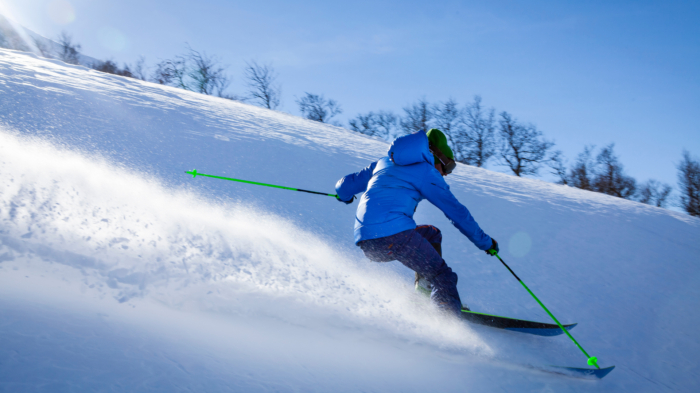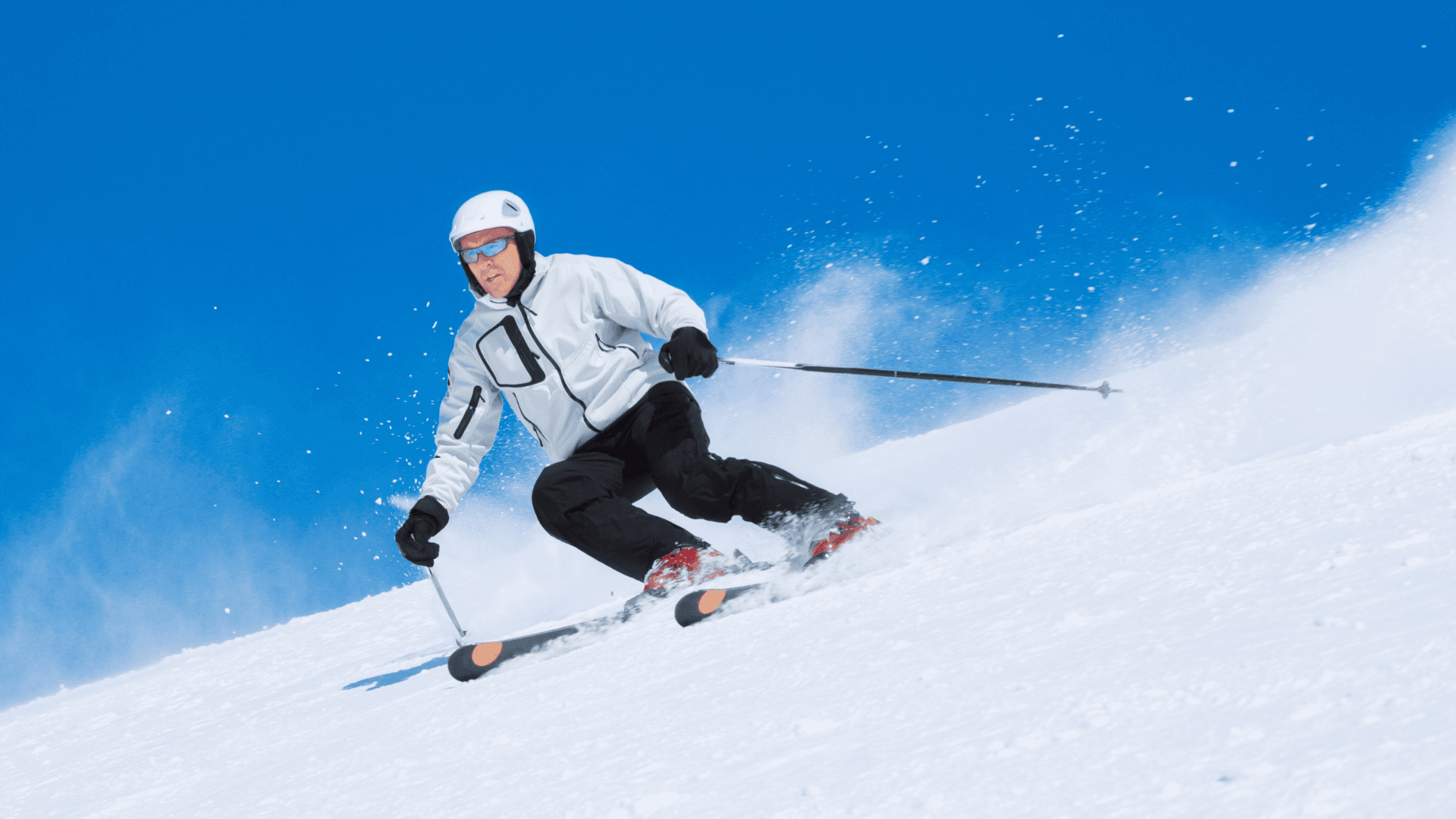Understanding Concussions in Snow Sports

Dr Theo Farley
Physiotherapist
- 13 January, 2020
- Winter Sports
- Concussion Clinic
- 3 min read
Understanding Concussions in Snow Sports

Concussion is a multi-factorial diagnosis which means, although it’s a diagnosis of a brain injury, there are different processes that occur within the brain that contribute to the wide-ranging symptoms that a concussion sufferer may present with. In this blog, we explore the mechanisms of injury within the context of snow sports.
There are a couple of misconceptions about concussive injuries, one of which is important to clear up from the outset – a direct impact to the head is not necessary to cause a concussion. This is one mechanism of injury but ultimately a concussion is an acceleration/deceleration injury (whiplash mechanism). This leads to a mechanical shake of the brain inside the skull and subsequent pathological processes.
Concussion is jointly associated across elite and recreational populations with jumps, acrobatics, contact with objects and others and high-speed skiing and snowboarding.
There are four main processes that we consider when diagnosing and managing concussion following the acceleration/deceleration mechanism mentioned above.
Due to the different densities of the brains grey matter and white matter, the two zones decelerate at different velocities causing a shearing effect during sudden deceleration.
This leads for stretching and shearing of the axons that cross the grey and white matter and swelling develops along some of the billions of axons, resulting in loss of axonal impulse and in many cases progresses to axonal varicosities along the axon leading to loss of myelin and complete loss of neuronal transmission.
The mechanical shake of a concussive injury also stimulates a change in the ionic balance of the brain. Within the neurones, potassium is released and an indiscriminate influx of calcium and sodium occurs within the neurone ion pumps. In an attempt to reduce this process rapid glycogen metabolism is initiated leading to an energy deficiency within the brain. The influx of calcium also leads to constriction of the cerebral arteries causing a reduction in cerebral blood flow and a state of chronic energy deficiency.
Although 80-90% of concussions are thought to resolve within 7-10 days research has shown that the reduction in cerebral blood flow may last for up to a month in adults and even longer in paediatric patients. This is something we obviously need to consider when considering return to snow sports as a second insult on a recovering brain will lead to a longer injury period.

The main pathological process occurring during concussion is the insult to the Autonomic Nervous System. The brain stem is the site of the primary autonomic nervous system control centre and a is responsible for the autonomic regulation of heart rate, blood pressure, respiratory rate, orthostatic pressure and a range of other functions related to the cardiovascular system, including monitoring arterial carbon dioxide (Paco2).
In non-concussion individuals a depressed Paco2 reduces cerebral blood flow and conversely, increased Paco2 increases cerebral blood flow with Paco2 inversely proportional to pulmonary ventilation – so the higher the arterial Co2 the more blood to the brain and the harder the lungs work getting O2 in to the blood. This compensatory hyperventilation is called the ‘ventilation threshold’ and is guided by the body’s Co2 sensitivity.
A recent study of concussed females showed Co2 sensitivity to be altered leading to hypoventilation during exercise, raising Co2 levels out of proportion to exercise intensity. This caused subsequent increase in cerebral blood flow and it is this failed mechanism that is thought to contribute to exercise induced symptoms that characterise the diagnosis of concussion.
Although injury incidence varies across elite and recreational skiers and snowboarders, concussion is believed to be responsible for 82% of head and face trauma, the third most frequently injured body part. The previously identified mechanisms are also associated with severe lower limb injuries, the most commonly injured body part.
Technical error, incorrect body position and landing mechanics have been observed as precursors to a concussive injury. Clinicians may therefore consider, athlete/patient physical qualities and technical ability as a potential risk factor. Due to the risk of head injury as a result of falls and high-speed collisions, clinicians may also consider conducting appropriate cognitive assessments when presented with high force lower limb trauma.

When considering return to snow a thorough overview is provided by the Berlin Consensus 2016 and this should guide clinicians progressively through a stepwise progression. Return to snow timeframes will be dictated by athlete/patient age, clinical context and ultimately symptom progression. Return to skiing or snowboarding maybe appropriate at stage 3 of the rehabilitation process ‘Sport specific exercise’. Return to riding on gentle pisted terrain without jumps or the potential for head impacts may be appropriate however, this will be driven by technical ability and clinical judgment. Stages 4 and 5 of the return to snow process aims to gradually increase technical, physical and cognitive load which again requires clinical judgement based on the athlete/patients’ presentation and ability.

Advice
Over the last 20+ years our experts have helped more than 100,000 patients, but we don’t stop there. We also like to share our knowledge and insight to help people lead healthier lives, and here you will find our extensive library of advice on a variety of topics to help you do the same.
OUR ADVICE HUBS See all Advice Hubs




